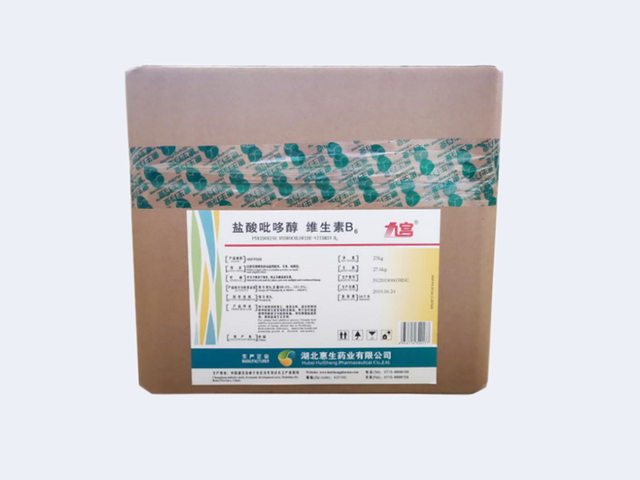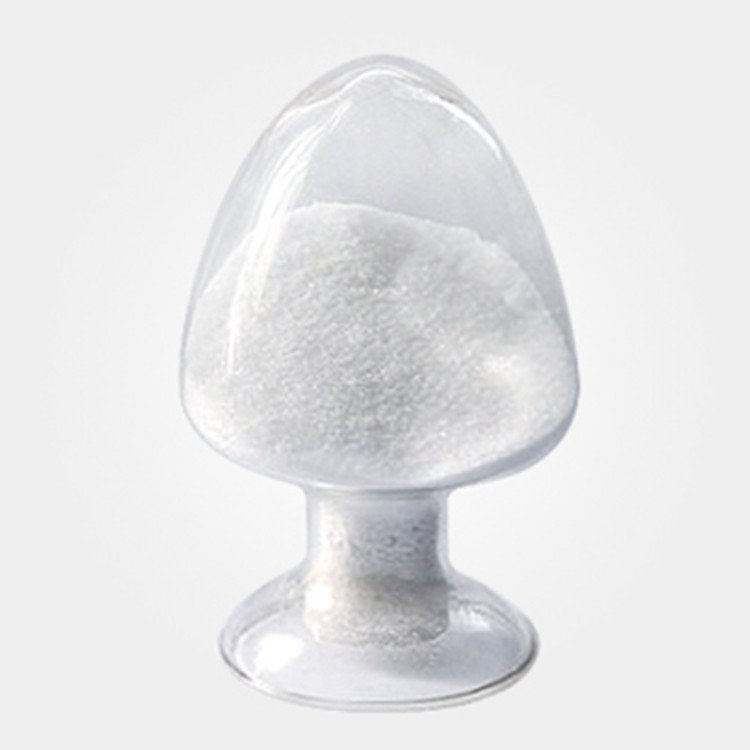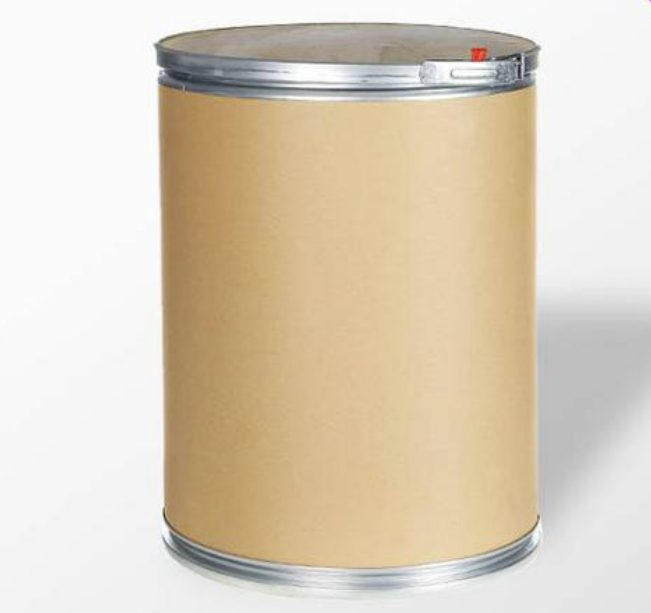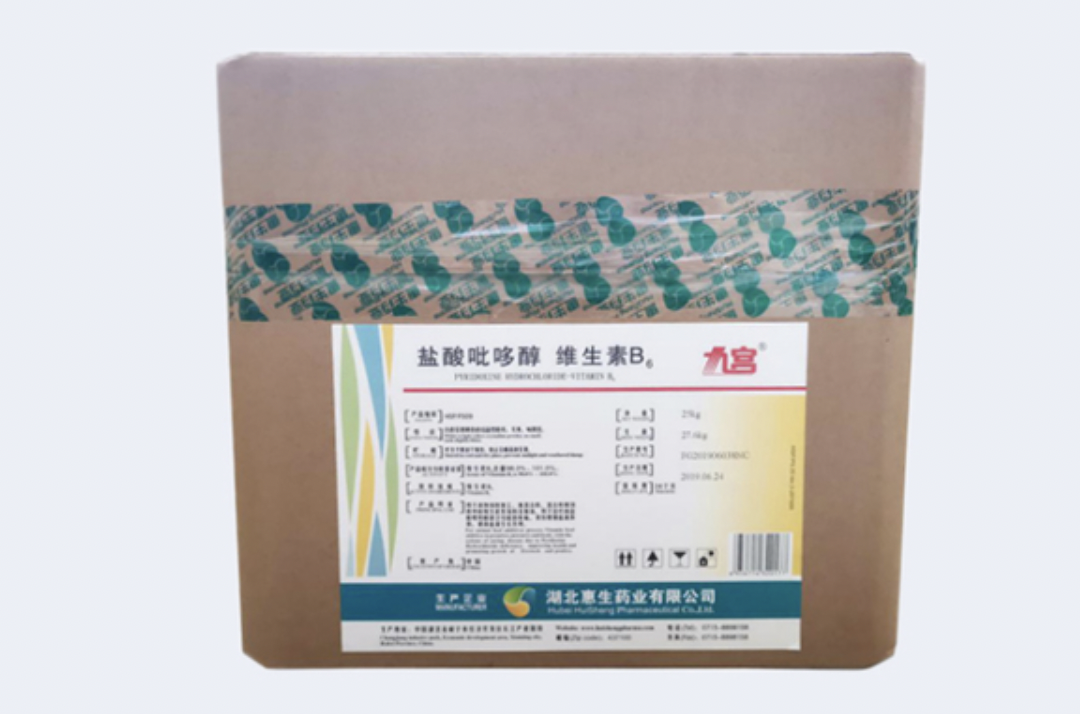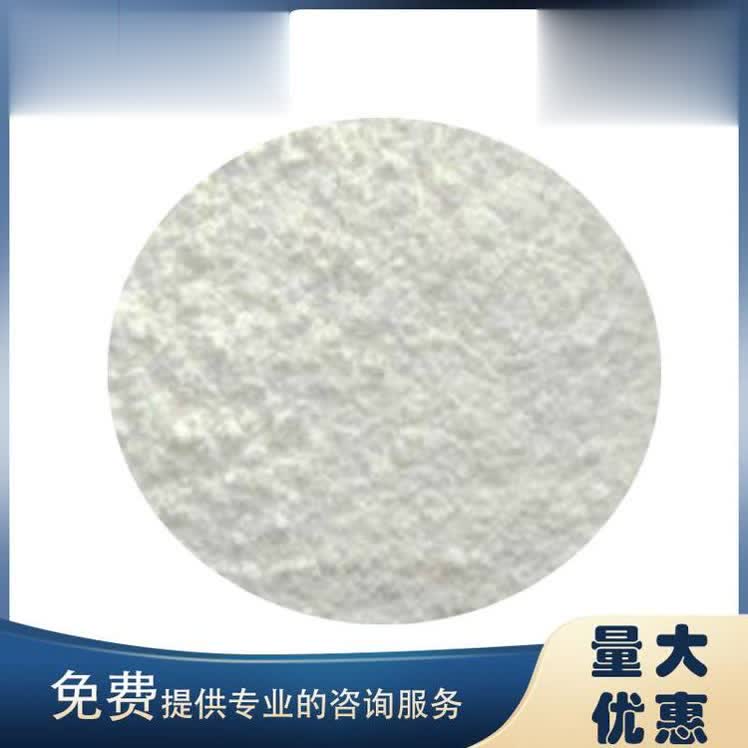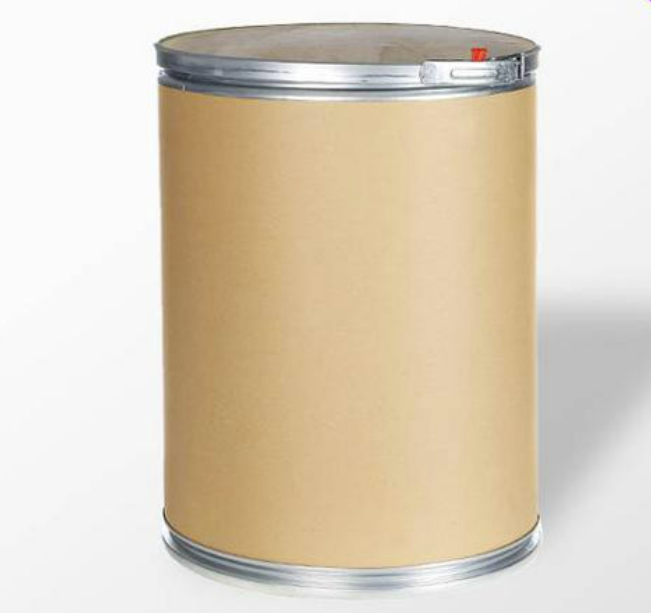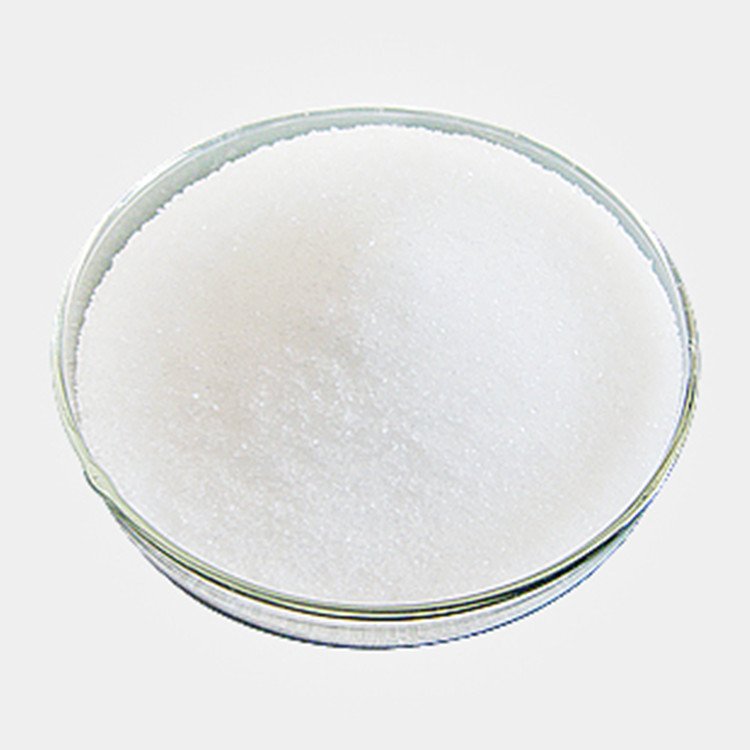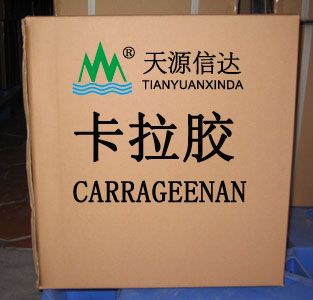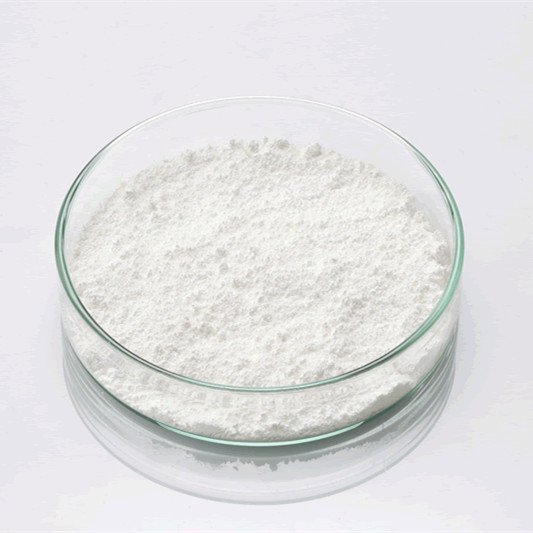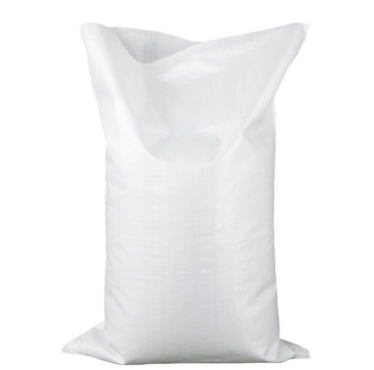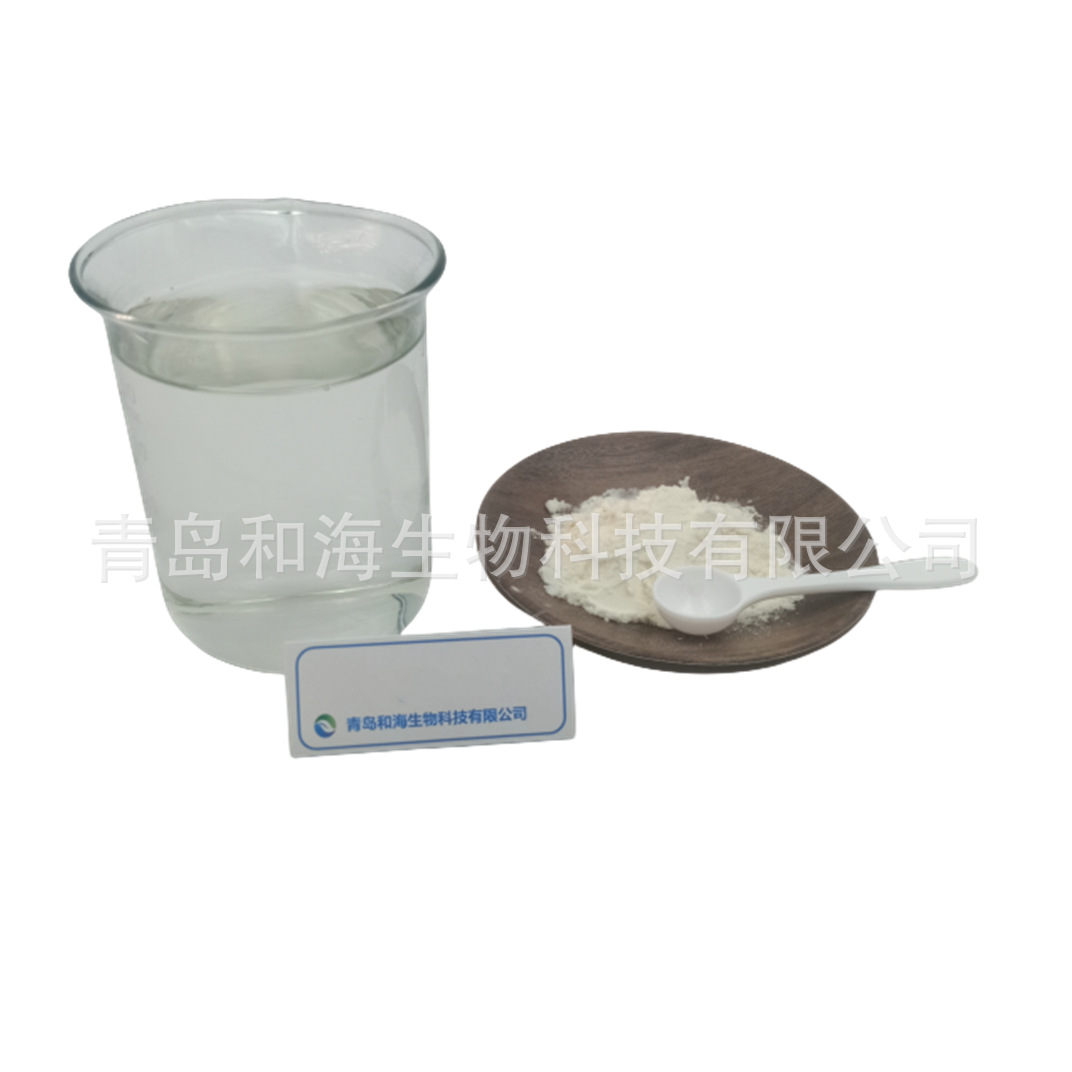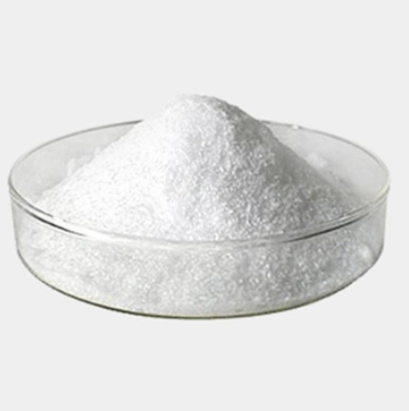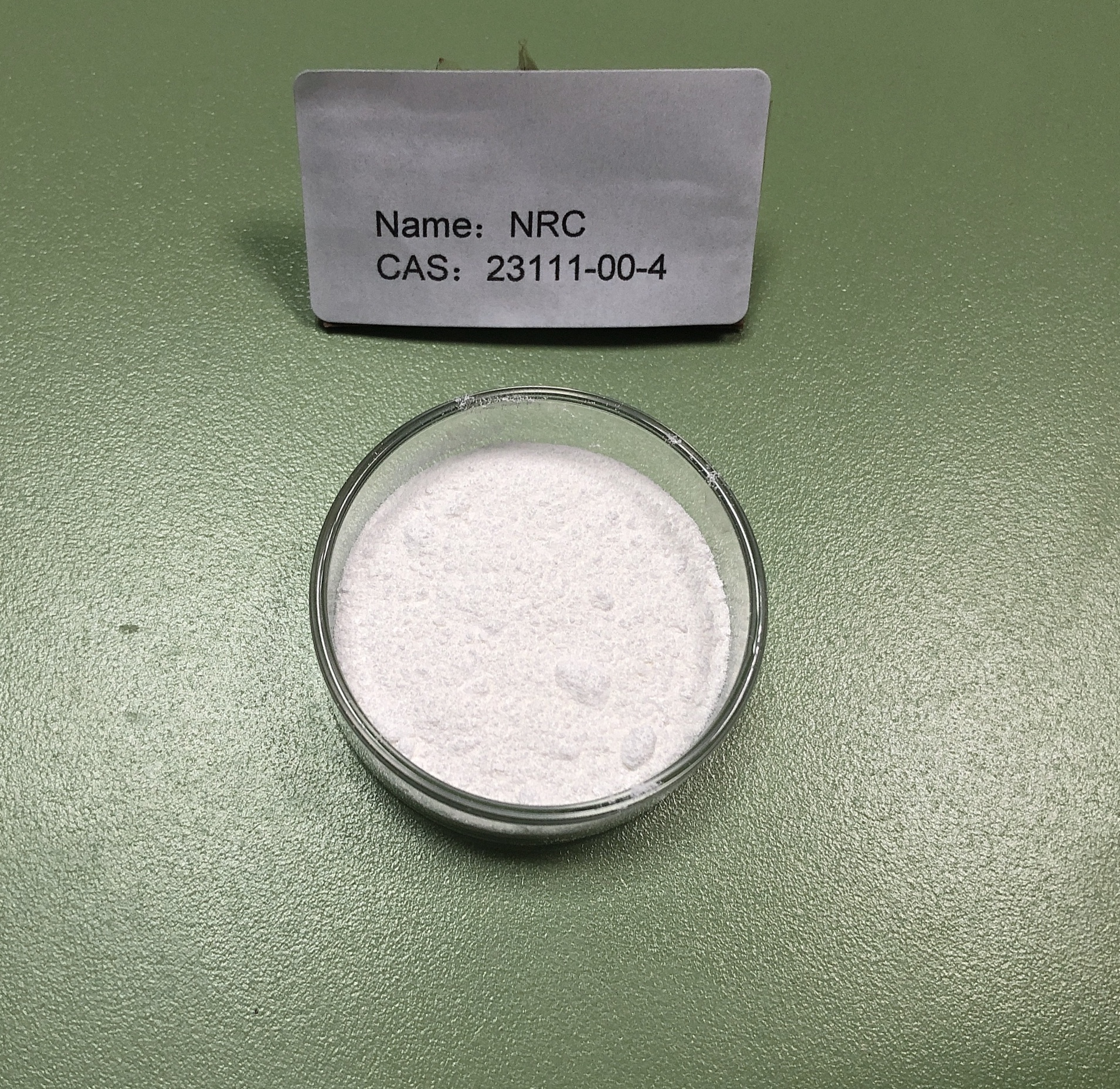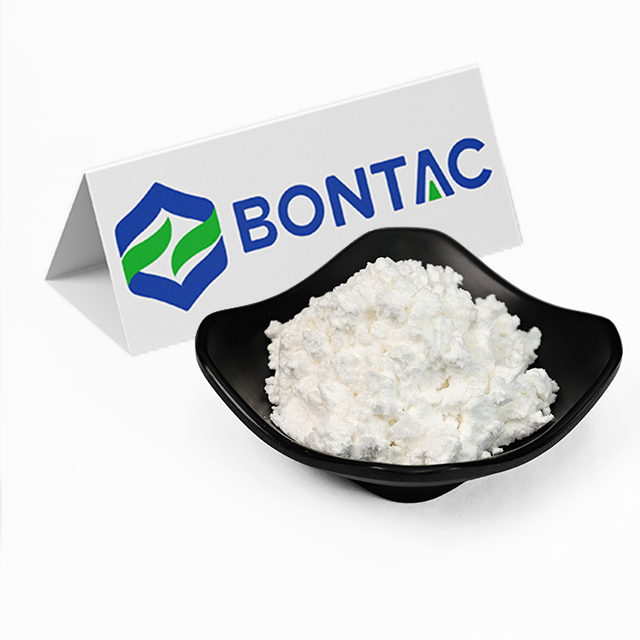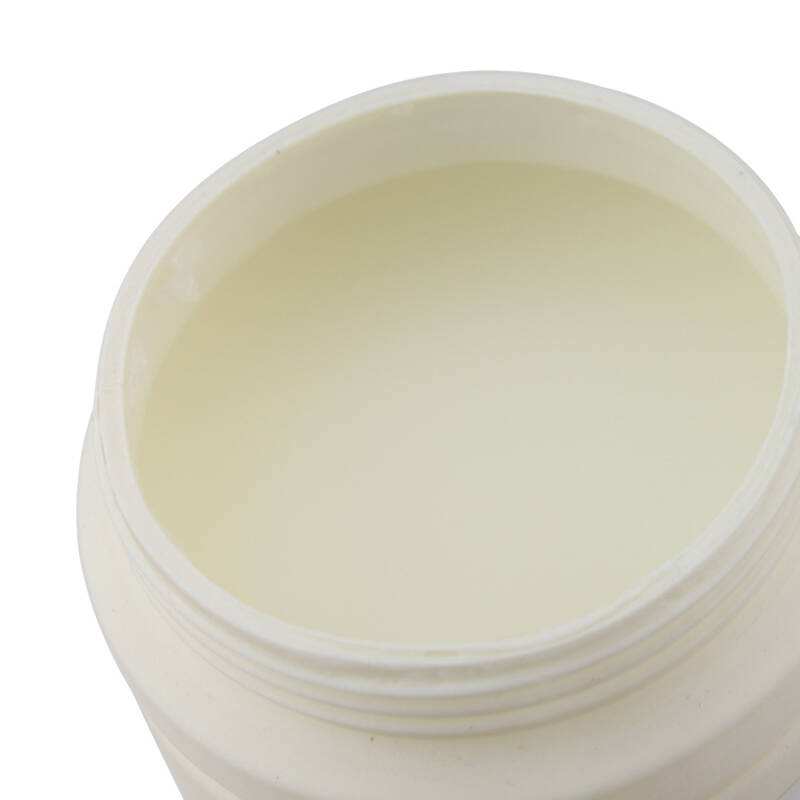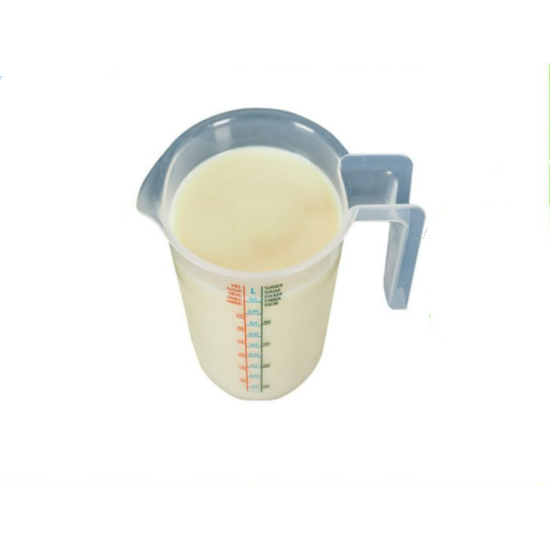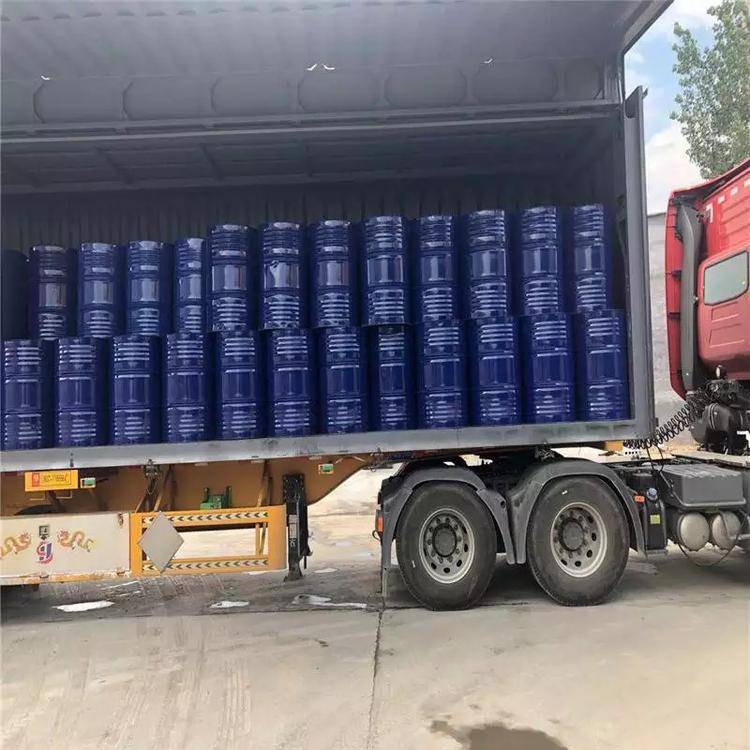Feed Additive
Additives For Food Packaging
Colorant
Stabilizer and Coagulator
Water Retention Agent
Feed Deworming Health Agents
Anti Corrosion and Preservation
Color Fixative
Flour Treatment Agent
Defoamer
Coating Agent
Feed Vitamins
Emulsifier
Other Food Additives
Nutritional Fortifier
Thickening Agent
Feed Quality Enhancer
Antioxidants
Chewing Gum Bases
Bulking Agent
Feed Amino Acids and Small Peptides
Flavor Enhancer
Sweeteners
Additives For Feed Preservation
Other Feed Additives
Food Additive
Bleaching Agents
Anticaking Agent
Food Flavors and Fragrances
Enzyme Preparation
Feed Trace Elements
Acidity Regulators
Feed Growth Promoters
Feed Conditioner
CAS:58-56-0
Molecular Formula:C8H12ClNO3
Alias
More Information
Bonasanit; Aderoxine; Paxadon; Vitamin B6 (Pyridoxine Hydrochloride); Vitamin B6 Hydrochloride; Adermine Hydrochloride; Hexermin; Hexavibex; Benadon; Becilan; Hexobion; Pyridoxine Hcl; Pyridox; 5-Hydroxy--6-Methyl-3,4-Pyridine Dimethanol Hydrochloride; Aderoxin; 3,4-Pyridinedimethanol, 5-Hydroxy-6-Methyl-, Hydrochloride
Brief Introduction
Nutritional supplements. Vitamin B6 is a component of some coenzymes in human body. It participates in a variety of metabolic reactions, especially amino acid metabolism.
Suppliers
View More Vendors (4) >
CAS:59-51-8
Molecular Formula:C5H11NO2S
Alias
More Information
Dl-2-Amino-4-(Methylthio)Butanoic Acid; Methionine; _|_; DL Methionine; DL-Methionine Feed Grade; DL-Methionine Veterinary API
Brief Introduction
Methionine is one of nine essential amino acids in humans (provided by food), Methionine is required for growth and tissue repair. A sulphur-containing amino acid, methionine improves the tone and pliability of skin, hair, and strengthens nails. Involved in many detoxifying processes, sulphur provided by methionine protects cells from pollutants, slows cell aging, and is essential for absorption and bio-availability of selenium and zinc. Methionine chelates heavy metals, such as lead and mercury, aiding their excretion. It also acts as a lipotropic agent and prevents excess fat buildup in the liver.
Suppliers
View More Vendors (4) >
CAS:11114-20-8
Molecular Formula:C24H36O25S22
Alias
More Information
Kappa-Carrageen; Carrageenan, Kappa Type; Carrageenan, Lambda Type; Carrageenan e407; Carrageenan Type Iii; Lambda-Carrageenan; Irish Moss; Irish Moss Type Iii; Kappa-Carrageenan; Dioxabicyclo[3.2.1]Octan-3-yl]oxy]-5-Hydroxy-2-(Hydroxymethyl)oxan-3-yl] Sulfate; Kappa-Carrageenans; Carragennan; Caragnen
Brief Introduction
Carrageenan, also known as carrageenan and antler alginate, is a high molecular hydrophilic polysaccharide extracted from red algae. It has high economic value. It is one of the three major seaweed gum industrial products (agar, carrageenan and alginate) in the world.
Suppliers
View More Vendors (4) >
CAS:23111-00-4
Molecular Formula:C11H15ClN2O5
Alias
More Information
Nicotinamide B-D Riboside Chloride; Nicotinamide Riboside.Cl; NR Nicotinamide Ribose Chloride; Nicotimide Riboside Chloride; Pyridinium, 3-(Aminocarbonyl)-1-β-D-Ribofuranosyl-, Chloride; Nicotinamide Riboside Chloride NR-CL; NR
Brief Introduction
Nicotinamide nucleoside is the precursor of nicotinamide adenine dinucleotide (NAD) and represents the source of vitamin B3. Recent studies have shown that new health benefits can be obtained by ingesting more nicotinamide nucleosides than naturally existing in food. Nicotinamide mononucleotide plays an important role in human cell energy production. It participates in the synthesis of intracellular NAD (nicotinamide adenine dinucleotide, an important coenzyme of cell energy transformation).
Suppliers
View More Vendors (4) >
CAS:8009-03-8
Molecular Formula:C15H15N
Alias
More Information
Tissue Embedding Medium (Paraplast(R) Regular); Wax Paraffin; White Petroleum Jelly; Wax White; Wax; White Vaseline; Vaseline; Vaseline, White; Vaseline White; Vaseline Yellow; Vaselinum Album; Petroleum Jelly; Vaselinum
Brief Introduction
Vaseline is a refined stone oil mixed with residue wax paste and lubricating oil. It is an important lubricant for medicine, daily chemical industry, fine chemical raw materials and precision instruments. China's Vaseline products mainly include ordinary Vaseline, industrial vaseline and pharmaceutical Vaseline. Ordinary Vaseline is suitable for preparing various ointments and softeners for dark rubber products; Industrial Vaseline can be used for rust prevention of metal products and general mechanical parts, lubrication of light load machinery, leather wetting agent and rubber softener. China's Vaseline products are mainly concentrated in medical Vaseline, which is divided into medical white vaseline and medical yellow Vaseline.
Suppliers
View More Vendors (4) >
Inquiry (
10
/ 10
)
Clear All
Sign In
Error!

